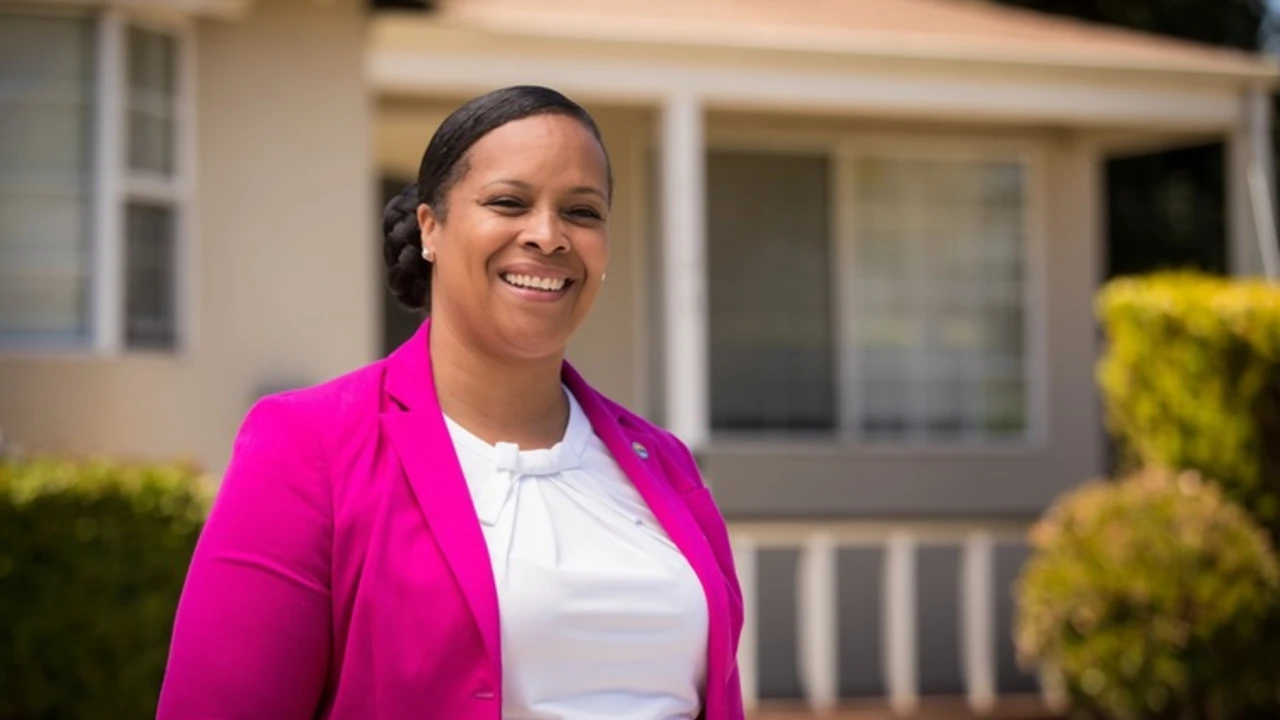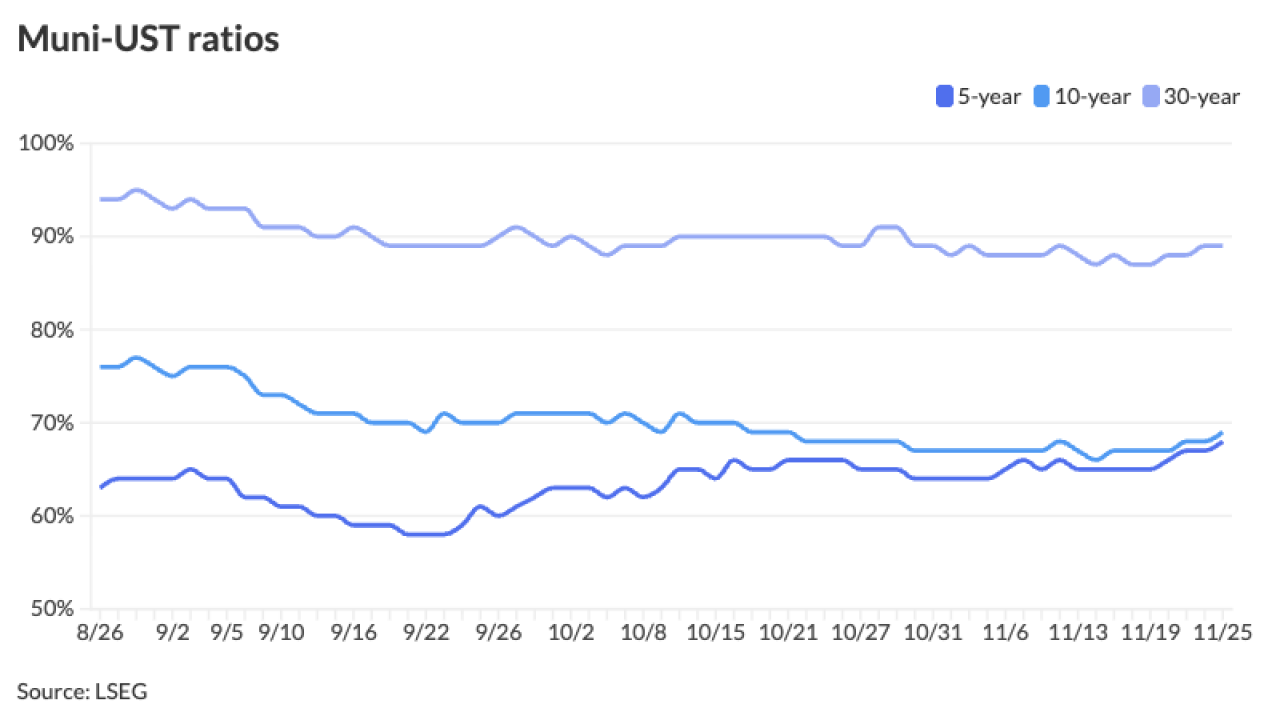
The Water Infrastructure Finance and Innovation Act is a wellspring of funding administered by the Environmental Protection Agency that may be underutilized because it can't compete with municipal bonds, which is a change from a few years ago.
"Atypical interest rate conditions from 2018-2021 made WIFIA loans attractive to water agencies who ordinarily would have done a revenue bond issue, and the loan program took about a 30% chunk out of the water and sewer market," said John Ryan, principal at InRecap LLC.
"From 2022 through 2025 rates normalized and WIFIA loans became relatively less attractive. Annual volume declined to trivial market share."
WIFIA was created by an act of Congress in 2014 and began issuing loans for water infrastructure projects in 2018.
The loans are limited to 49% of project cost and are typically combined with other forms of capital, including munis.
"WIFIA loans and bonds shouldn't be competing – the loans should be re-designed to work together with bonds," said Ryan.
In early
According to the Association of Metropolitan Water Agencies and the American Water Works Association, "EPA has closed just three loans since the beginning of 2025, compared with 18 loans in 2024 and 24 loans in 2023."
"This is despite 80 projects currently pending in the WIFIA pipeline, including several dozen that have formally applied for funding."
Two weeks after the letter went out, the EPA announced that over $7 billion in WIFIA loans were available and five new projects were approved.
"It's a first step in getting WIFIA running again," said Ryan. "It does show that the program is resilient and has support, the letter from the water advocacy groups was likely key in getting OMB to move on the approvals."
Ryan notes that the approved projects have yet to close, are valued at about $700 million and the $7 billion figure doesn't represent an increase.
"That's consistent with what I estimated for WIFIA 2025 volume as if the OMB pause and Trump 2 disruption hadn't happened," said Ryan.
"Still an annual decline from 2024, though at a slower pace."
The drop off in WIFIA loans started in the prior administration as the Bipartisan Infrastructure Law opened a trough of spending.
Congress is looking for ways to juice up WIFIA as representatives from California, Washington and Kansas are sponsoring
The Trump administration's practice of holding up infrastructure funding increases the desire amongst the water sector for having a reliable source of capital.
"They'll always want to have as many financing options as possible," said Ryan.
"The immediate concern is that WIFIA might get shut down altogether and they'll lose one option, even if that option was only occasionally useful for a kind of rate arbitrage."





